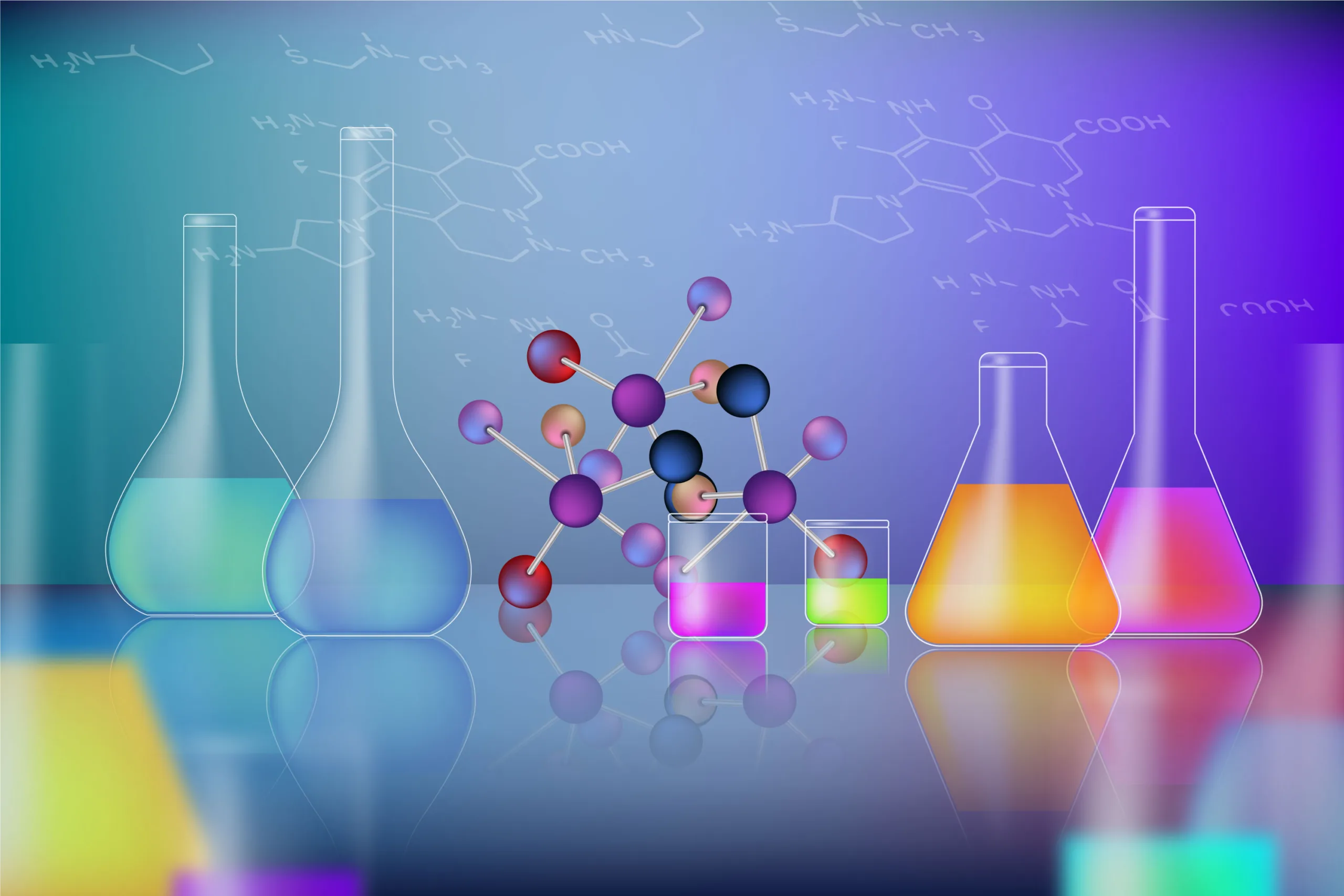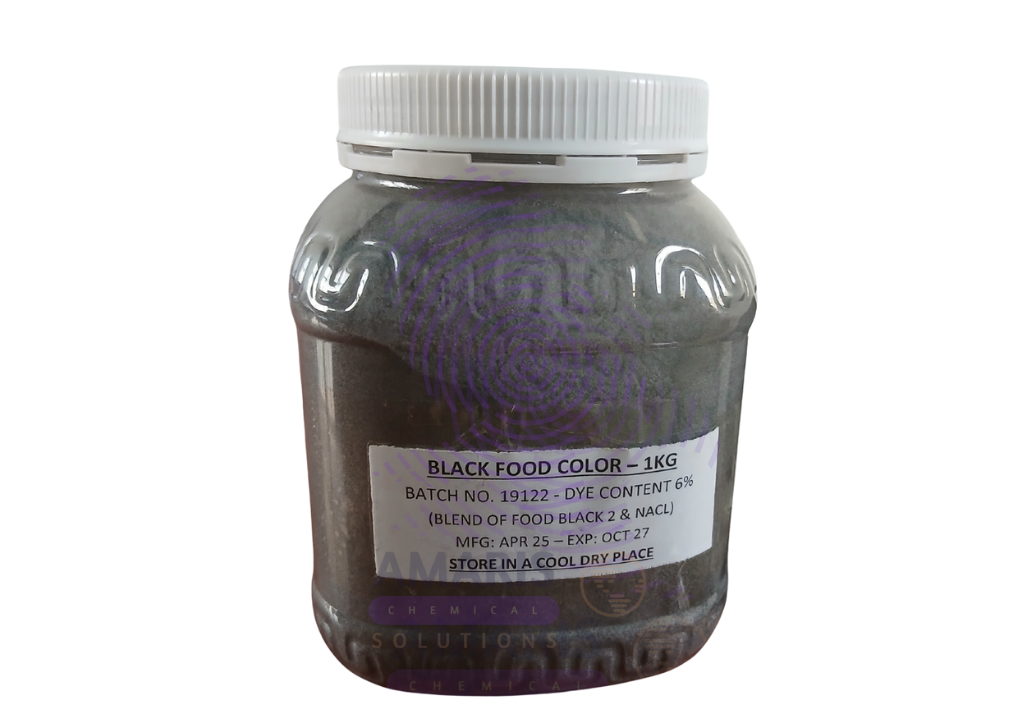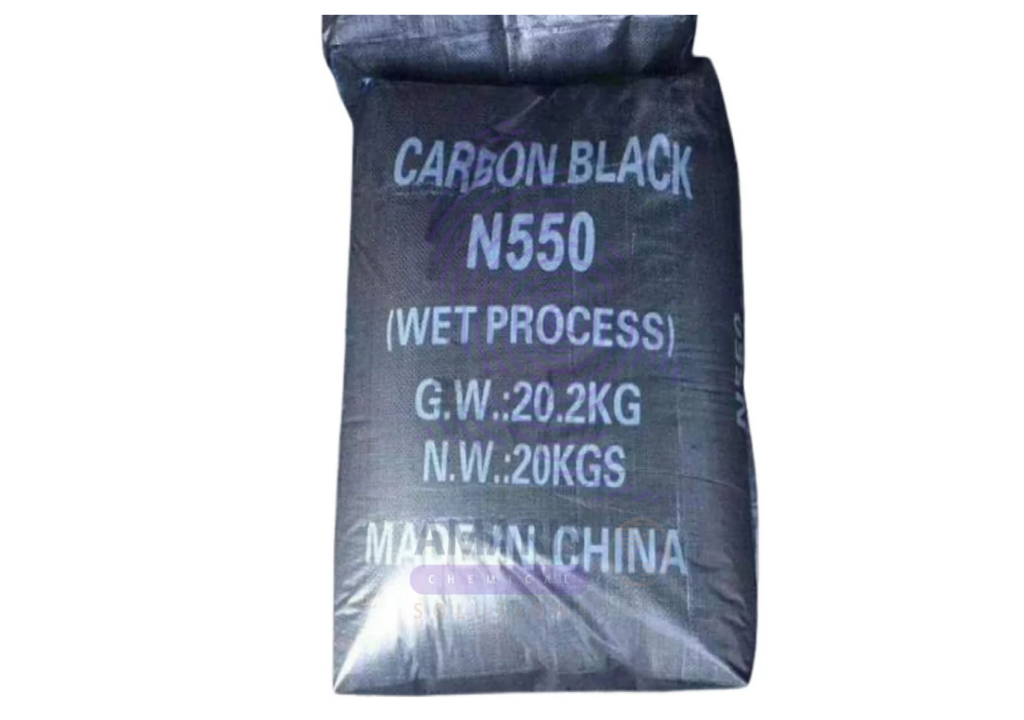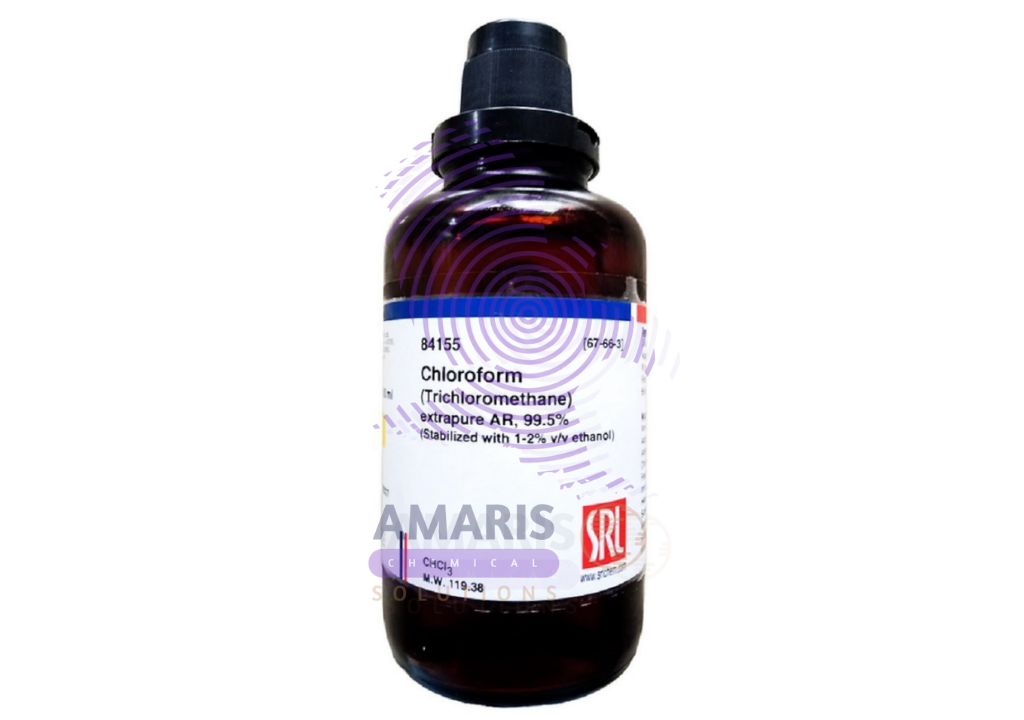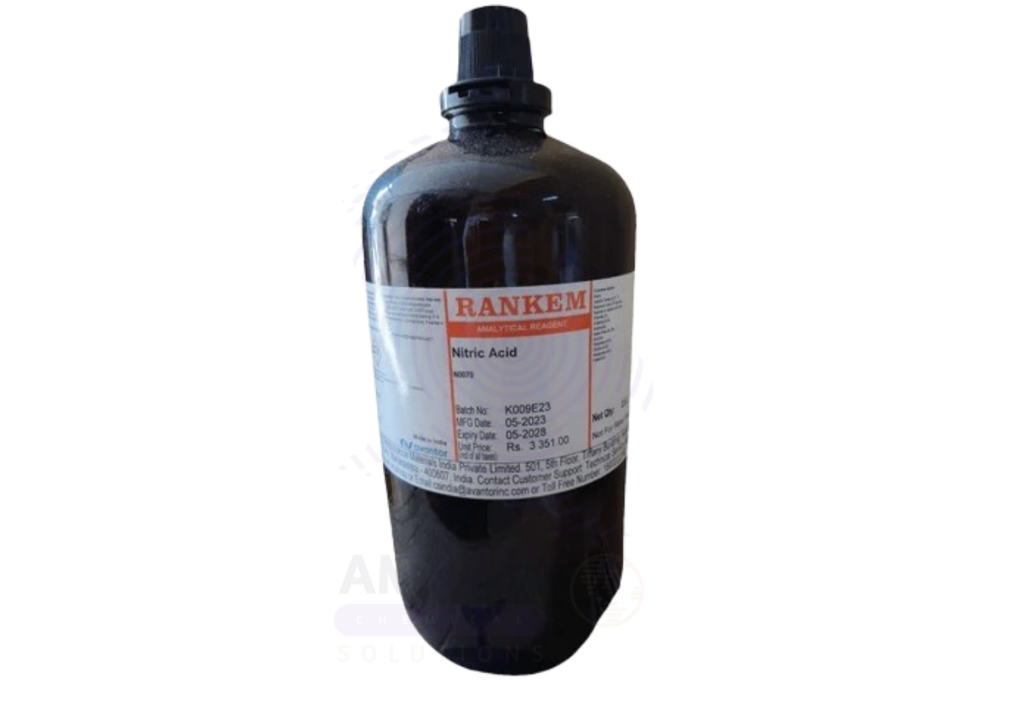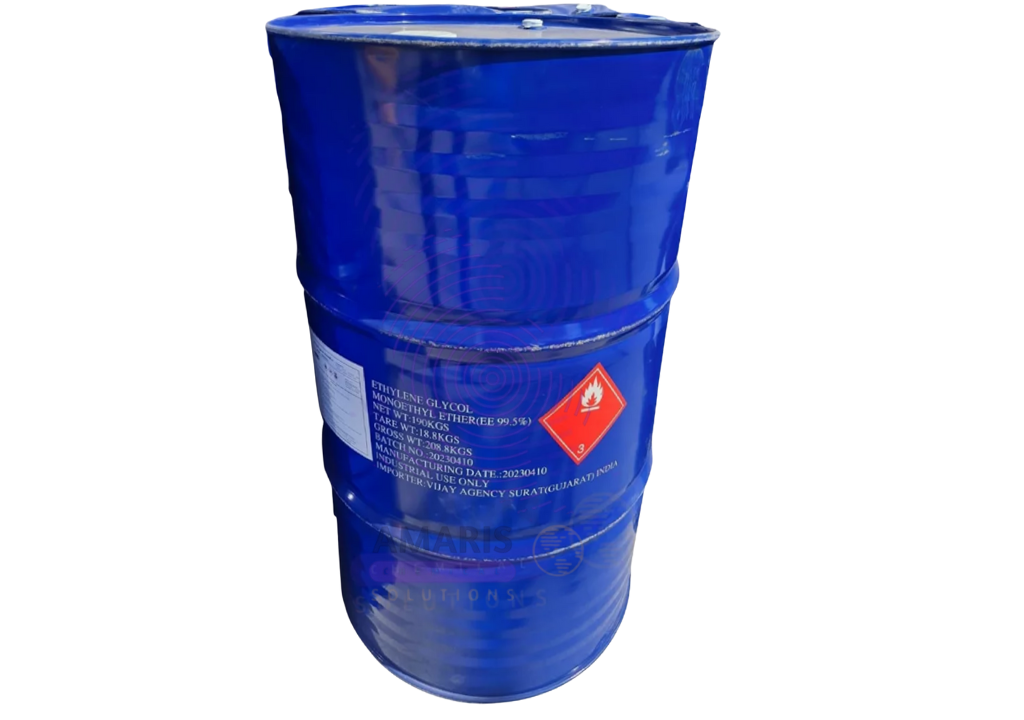Diethyl Ether Extra Pure: The Classic Solvent For Precision Chemistry
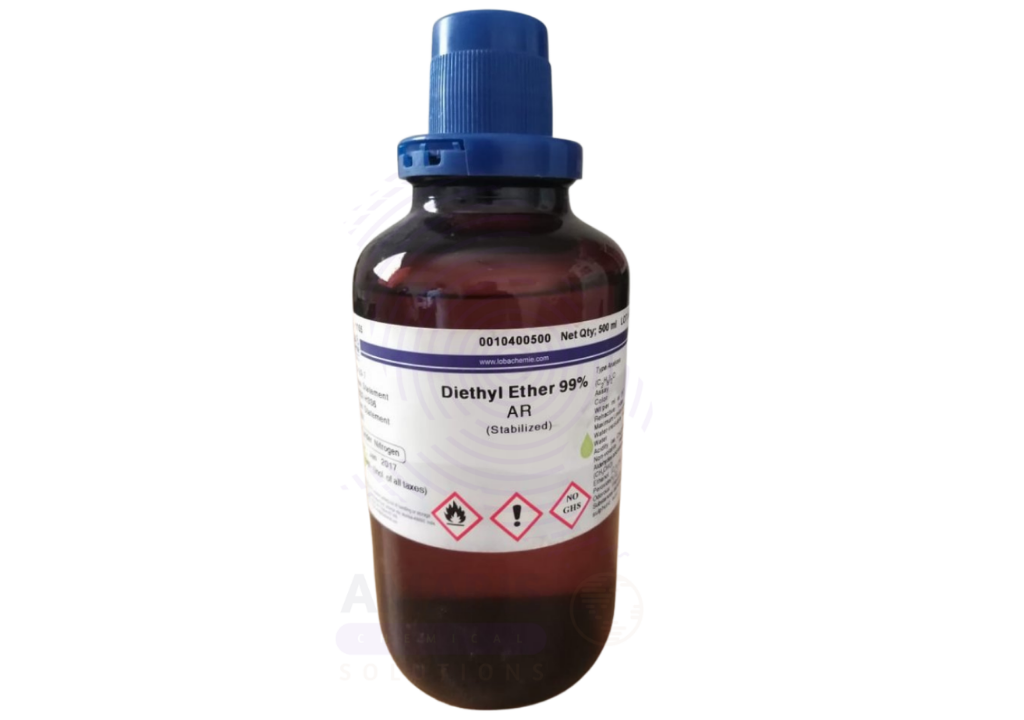
Diethyl Ether, also known simply as ether, is a name that echoes throughout the history of chemistry. Once used as a surgical anesthetic, today it plays a vital role in organic synthesis, pharmaceutical production, chromatography, and laboratory protocols. In its Extra Pure grade, Diethyl Ether becomes a high-precision solvent suitable for sensitive analytical and preparative applications.
Let’s delve into the unique properties, applications, safety measures, and industry significance of Diethyl Ether Extra Pure — a cornerstone in modern laboratory and industrial chemistry.
What is Diethyl Ether Extra Pure?
Diethyl Ether (C₂H₅OC₂H₅) is a volatile, highly flammable liquid with a sweet, characteristic odor. The Extra Pure grade refers to laboratory or analytical-grade ether, purified to remove peroxides, moisture, and other trace contaminants. This ensures maximum reliability and minimal interference during sensitive procedures.
Its low polarity, volatility, and excellent solvating power make it a top-tier choice for laboratory professionals, chemists, and industrial researchers.
Key Physical & Chemical Properties
- Chemical Formula: C₄H₁₀O
- Molecular Weight: 74.12 g/mol
- Appearance: Clear, colorless liquid
- Boiling Point: 34.6 °C
- Melting Point: -116.3 °C
- Density: 0.713 g/cm³ at 20 °C
- Solubility: Slightly soluble in water; miscible with alcohol, benzene, and chloroform
- Odor: Sweet, pungent, and aromatic
Diethyl Ether’s low boiling point and high volatility make it ideal for applications requiring rapid evaporation or low-temperature solvent removal.
Applications of Diethyl Ether Extra Pure
1. Solvent in Organic Synthesis
Ether is a preferred solvent for Grignard reactions, Wittig reactions, and nucleophilic substitutions, due to its stability and ability to dissolve both polar and non-polar compounds.
2. Recrystallization and Extraction
Its ability to selectively dissolve a wide variety of organic compounds makes it ideal for recrystallization and liquid-liquid extraction in purification procedures.
3. Chromatography
In thin-layer chromatography (TLC) and column chromatography, diethyl ether is often used as an eluent, especially for non-polar or slightly polar analytes.
4. Pharmaceutical Intermediates
It is used in the synthesis of active pharmaceutical ingredients (APIs), where high purity is essential to prevent side reactions or contamination.
5. Laboratory Reagent
Its extreme volatility and solvency make it ideal for quick drying of glassware, cleaning delicate instruments, or as a medium in low-temperature reactions.
6. Polymer and Resin Formulations
In specialty materials production, diethyl ether acts as a solvent or blowing agent for resins, adhesives, and foams.
Safety & Handling Guidelines
⚠️ Diethyl Ether Extra Pure is extremely flammable and can form explosive peroxides on prolonged exposure to air and light. Handle with great caution.
Personal Protective Equipment (PPE):
- Flame-resistant lab coat
- Chemical-resistant gloves (e.g., nitrile)
- Safety goggles or face shield
- Fume hood or explosion-proof ventilation
Handling Tips:
- Store in tightly sealed amber bottles under inert gas (e.g., nitrogen) to prevent peroxide formation
- Avoid contact with open flames, static electricity, or heat sources
- Do not distill to dryness; residues may contain concentrated peroxides
- Regularly test for peroxide formation in stored samples
First Aid Measures:
- Inhalation: Move to fresh air and seek medical attention if drowsiness or dizziness occurs
- Skin Contact: Wash thoroughly with soap and water
- Eye Contact: Rinse with water for 15–20 minutes; seek medical advice
- Ingestion: Do not induce vomiting; seek immediate medical help
Environmental & Regulatory Considerations
- Volatile Organic Compound (VOC): Contributes to air pollution if released in large quantities
- Storage Classification: Flammable liquid – Class 3; UN Number: 1155
- Waste Handling: Dispose of according to local hazardous waste protocols; never pour down the drain
Though not acutely toxic to aquatic life, its volatile and flammable nature poses fire hazards and demands strict storage controls.
Final Thoughts
Diethyl Ether Extra Pure embodies the elegance and complexity of organic chemistry. Its incredible versatility, coupled with ultra-high purity, makes it an invaluable reagent in laboratories, production facilities, and research centers.
From extraction and crystallization to cutting-edge pharmaceutical synthesis, ether offers unmatched solvency, quick evaporation, and low-temperature performance — provided it is handled with the care it demands.
For those working in fine chemistry, Diethyl Ether Extra Pure is not just a solvent; it’s a standard of excellence.


 Preservatives(food)
Preservatives(food) Flavor Enhancers
Flavor Enhancers Acidulants
Acidulants Sweeteners
Sweeteners Antioxidants
Antioxidants Colorants(food)
Colorants(food) Nutraceutical Ingredients (food)
Nutraceutical Ingredients (food) Nutrient Supplements
Nutrient Supplements Emulsifiers
Emulsifiers
 Collectors
Collectors Dust Suppressants
Dust Suppressants Explosives and Blasting Agents
Explosives and Blasting Agents Flocculants and Coagulants
Flocculants and Coagulants Frothers
Frothers Leaching Agents
Leaching Agents pH Modifiers
pH Modifiers Precious Metal Extraction Agents
Precious Metal Extraction Agents
 Antioxidants(plastic)
Antioxidants(plastic) Colorants (Pigments, Dyes)
Colorants (Pigments, Dyes) Fillers and Reinforcements
Fillers and Reinforcements Flame Retardants
Flame Retardants Monomers
Monomers Plasticizers
Plasticizers Polymerization Initiators
Polymerization Initiators Stabilizers (UV, Heat)
Stabilizers (UV, Heat)
 Antifoaming Agents
Antifoaming Agents Chelating Agents
Chelating Agents Coagulants and Flocculants
Coagulants and Flocculants Corrosion Inhibitors
Corrosion Inhibitors Disinfectants and Biocides
Disinfectants and Biocides Oxidizing Agents
Oxidizing Agents pH Adjusters
pH Adjusters Scale Inhibitors( water)
Scale Inhibitors( water)
 Antioxidants(cosmetic)
Antioxidants(cosmetic) Emollients
Emollients Fragrances and Essential Oils
Fragrances and Essential Oils Humectants
Humectants Preservatives
Preservatives Surfactants(cosmetic)
Surfactants(cosmetic) Thickeners
Thickeners UV Filters
UV Filters
 Fertilizers
Fertilizers Soil Conditioners
Soil Conditioners Plant Growth Regulators
Plant Growth Regulators Animal Feed Additives
Animal Feed Additives Biostimulants
Biostimulants Pesticides (Herbicides, Insecticides, Fungicides)
Pesticides (Herbicides, Insecticides, Fungicides)
 Active Pharmaceutical Ingredients (APIs)
Active Pharmaceutical Ingredients (APIs) Excipients
Excipients Solvents(pharmaceutical)
Solvents(pharmaceutical) Antibiotics
Antibiotics Antiseptics and Disinfectants
Antiseptics and Disinfectants Vaccine Adjuvants
Vaccine Adjuvants Nutraceutical Ingredients (pharmaceutical)
Nutraceutical Ingredients (pharmaceutical) Analgesics & Antipyretics
Analgesics & Antipyretics
 Analytical Reagents
Analytical Reagents Solvents(lab)
Solvents(lab) Chromatography Chemicals
Chromatography Chemicals Spectroscopy Reagents
Spectroscopy Reagents microbiology-and-cell-culture-reagents
microbiology-and-cell-culture-reagents Molecular Biology Reagents
Molecular Biology Reagents Biochemical Reagents
Biochemical Reagents Inorganic and Organic Standards
Inorganic and Organic Standards Laboratory Safety Chemicals
Laboratory Safety Chemicals Specialty Laboratory Chemicals(Special Laboratory Equipment)
Specialty Laboratory Chemicals(Special Laboratory Equipment)
 Demulsifiers
Demulsifiers Hydraulic Fracturing Fluids
Hydraulic Fracturing Fluids Scale Inhibitors(oil)
Scale Inhibitors(oil) Surfactants(oil)
Surfactants(oil) Drilling Fluids
Drilling Fluids
 Dyes and Pigments
Dyes and Pigments Bleaching Agents
Bleaching Agents Softening Agents
Softening Agents Finishing Agents
Finishing Agents Antistatic Agents
Antistatic Agents
 Admixtures
Admixtures Waterproofing Agents
Waterproofing Agents Sealants and Adhesives
Sealants and Adhesives Curing Compounds
Curing Compounds Concrete Repair Chemicals
Concrete Repair Chemicals Anti-Corrosion Coatings
Anti-Corrosion Coatings
 Surfactants(cleaning)
Surfactants(cleaning) Builders
Builders Enzymes
Enzymes Solvents (Cleaning)
Solvents (Cleaning) Fragrances
Fragrances
 Electronic Chemicals
Electronic Chemicals Catalysts
Catalysts Lubricants
Lubricants Photographic Chemicals
Photographic Chemicals Refrigerants
Refrigerants Automotive chemicals
Automotive chemicals Pyrotechnic Chemicals
Pyrotechnic Chemicals
 Biodegradable Surfactants
Biodegradable Surfactants Bio-based Solvents
Bio-based Solvents Renewable Polymers
Renewable Polymers Carbon Capture Chemicals
Carbon Capture Chemicals Wastewater Treatment Chemicals
Wastewater Treatment Chemicals
 Pigments
Pigments Solvents(paint)
Solvents(paint) Specialty Coatings
Specialty Coatings Binders/Resins
Binders/Resins Additives
Additives Driers
Driers Anti-Corrosion Agents
Anti-Corrosion Agents Functional Coatings
Functional Coatings Application-Specific Coatings
Application-Specific Coatings
 Fresh Herbs
Fresh Herbs Ground Spices
Ground Spices Whole Spices
Whole Spices Spice Blends
Spice Blends Dried Herbs
Dried Herbs
 Leavening Agents
Leavening Agents Dough Conditioners
Dough Conditioners Flour Treatments
Flour Treatments Fat Replacers
Fat Replacers Decoratives
Decoratives Preservatives(baking)
Preservatives(baking)
 Plasticizers & Softeners
Plasticizers & Softeners Reinforcing Agents
Reinforcing Agents Adhesion Promoters
Adhesion Promoters Vulcanizing Agents
Vulcanizing Agents Antidegradants
Antidegradants Blowing Agents
Blowing Agents Fillers & Extenders
Fillers & Extenders Accelerators & Retarders
Accelerators & Retarders